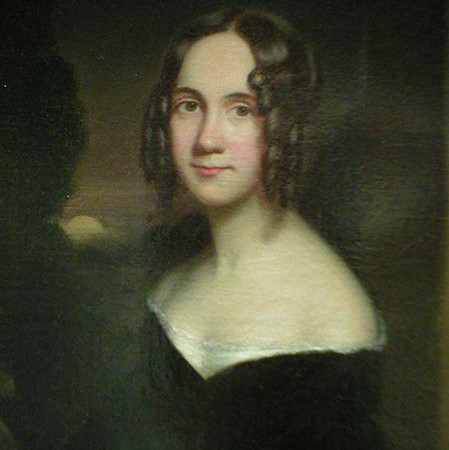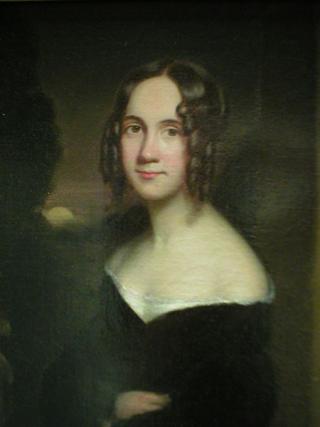Thanksgiving Holiday: One Woman's Crusade

After enjoying the uniquely American holiday of Thanksgiving, consider how it was the result of one woman’s determination to unify America around a shared heritage.

Sarah Josepha Hale c. 1831
Sarah Josepha Hale, a writer and the editor of a popular women’s magazine, Godey’s Ladies Book, was born on a New Hampshire farm in 1788. Her most lasting contribution to American culture was her tireless lobbying for a national day of thanks. Hale published numerous editorials urging several American presidents to nationalize the celebration of Thanksgiving. A New England resident, Hale had always celebrated Thanksgiving. Thanksgiving had been deeply entwined in the New England culture and tradition since the 17th century, and she thought it was important for everyone to celebrate it. Hale’s persistence paid off when in 1863, President Abraham Lincoln issued a proclamation declaring Thanksgiving a national holiday.
Hale was a homemaker who turned to writing to support herself and her five children after the death of her husband in 1822. Hale achieved modest success with her first novel called Northwood; A Tale of New England. Northwood lovingly described a traditional New England Thanksgiving feast that included everything from the table arrangements to details of the food. “The roasted turkey took precedence on this occasion being placed at the head of the table; and well did it become its lordly station, sending forth the rich odour of is savoury stuffing, and finely covered with the frost of the basting.” Following Northwood’s success, Hale was solicited to become the editor of a new magazine aimed at women.
In 1836, Louis Godey convinced Hale to become the editor of his magazine Godey’s Lady’s Book. Godey’s reached a wide audience and covered topics ranging from health, beauty, cooking, gardening, and architecture. Godey’s Lady’s Book was one of the most influential magazines of the 19th century. Hale used her position as editor-in-chief to campaign for the establishment of a national day of Thanksgiving. She wrote editorials and articles about the holiday and she lobbied state and federal officials to designate an annual, national day of thanks on the last Thursday of November, a measure which she believed would ease growing tensions between the North and South on the eve the Civil War. Her efforts paid off: by 1854, more than 30 states and U.S. territories had established Thanksgiving celebrations. In 1871, she launched a further crusade to have the national Thanksgiving Day proclaimed not by the President but by an act of Congress. Decades after her death, Congress passed a bill establishing that Thanksgiving would occur annually on the fourth Thursday of November. And on November 26, 1941, President Franklin Delano Roosevelt signed the bill into law.
